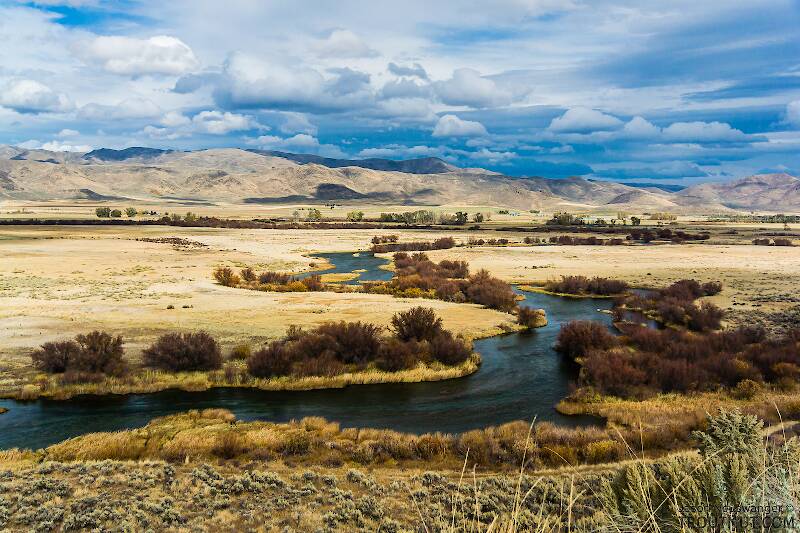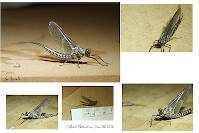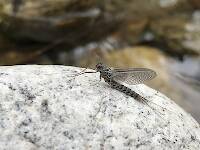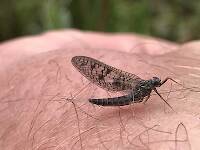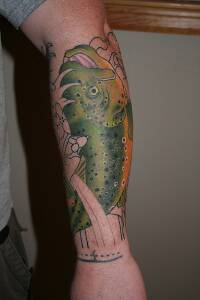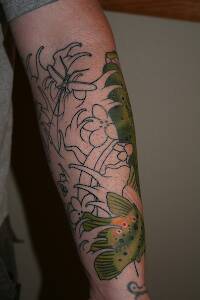
Blue-winged Olives
Baetis
Tiny Baetis mayflies are perhaps the most commonly encountered and imitated by anglers on all American trout streams due to their great abundance, widespread distribution, and trout-friendly emergence habits.
Featured on the forum

This is the first of it's family I've seen, collected from a tiny, fishless stream in the Cascades. The three species of this genus all live in the Northwest and are predators that primarily eat stonefly nymphs Merritt R.W., Cummins, K.W., and Berg, M.B. (2019).

Troutnut is a project started in 2003 by salmonid ecologist Jason "Troutnut" Neuswanger to help anglers and
fly tyers unabashedly embrace the entomological side of the sport. Learn more about Troutnut or
support the project for an enhanced experience here.
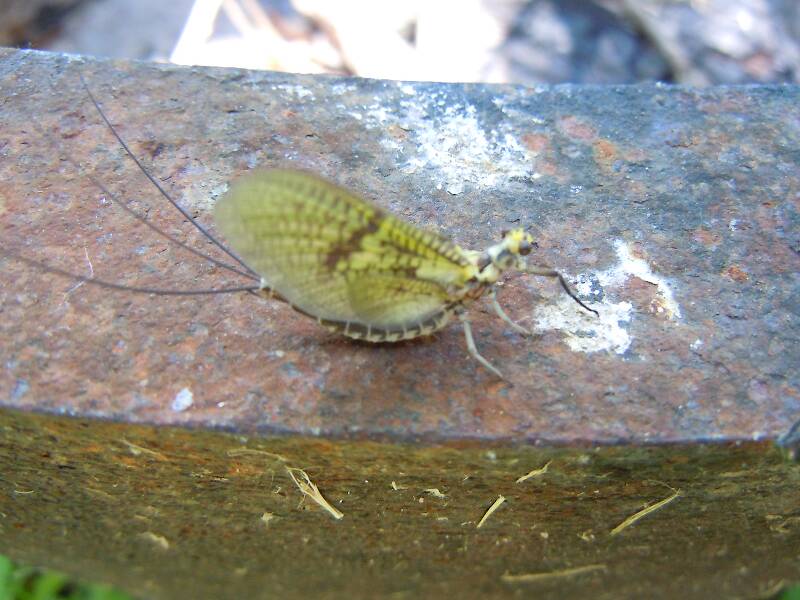
Clmingo on Jul 8, 2010July 8th, 2010, 5:14 pm EDT
Spence,
Here is one of are eastern Green drake duns.
Here is one of are eastern Green drake duns.
“There are no great men. Just great challenges which ordinary men,out of necessity, are forced by circumstance to meet.”
Admiral (Bull) Halsey Jr.
Admiral (Bull) Halsey Jr.
Quick Reply
Related Discussions
Topic
Replies
Last Reply
6
Jun 10, 2009
by Martinlf
by Martinlf
Re: Best of the Forum--Most Useful and Informative Bug Threads Featured Topic
In General Discussion by Martinlf
In General Discussion by Martinlf
17
Feb 26, 2016
by Crepuscular
by Crepuscular
4
Jun 17, 2020
by Leskorcala
by Leskorcala
13
May 16, 2013
by Adirman
by Adirman
1
May 23, 2014
by Entoman
by Entoman
0
Jul 7, 2008
by Liljrob
by Liljrob

